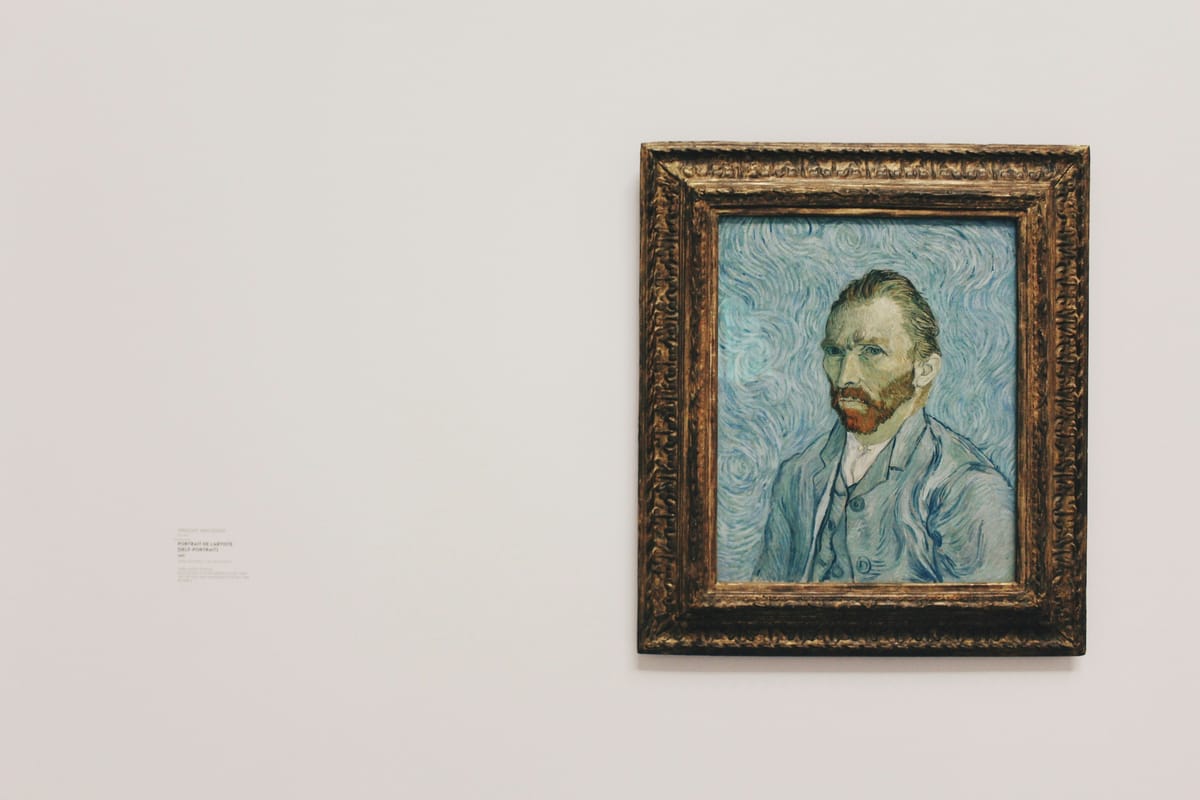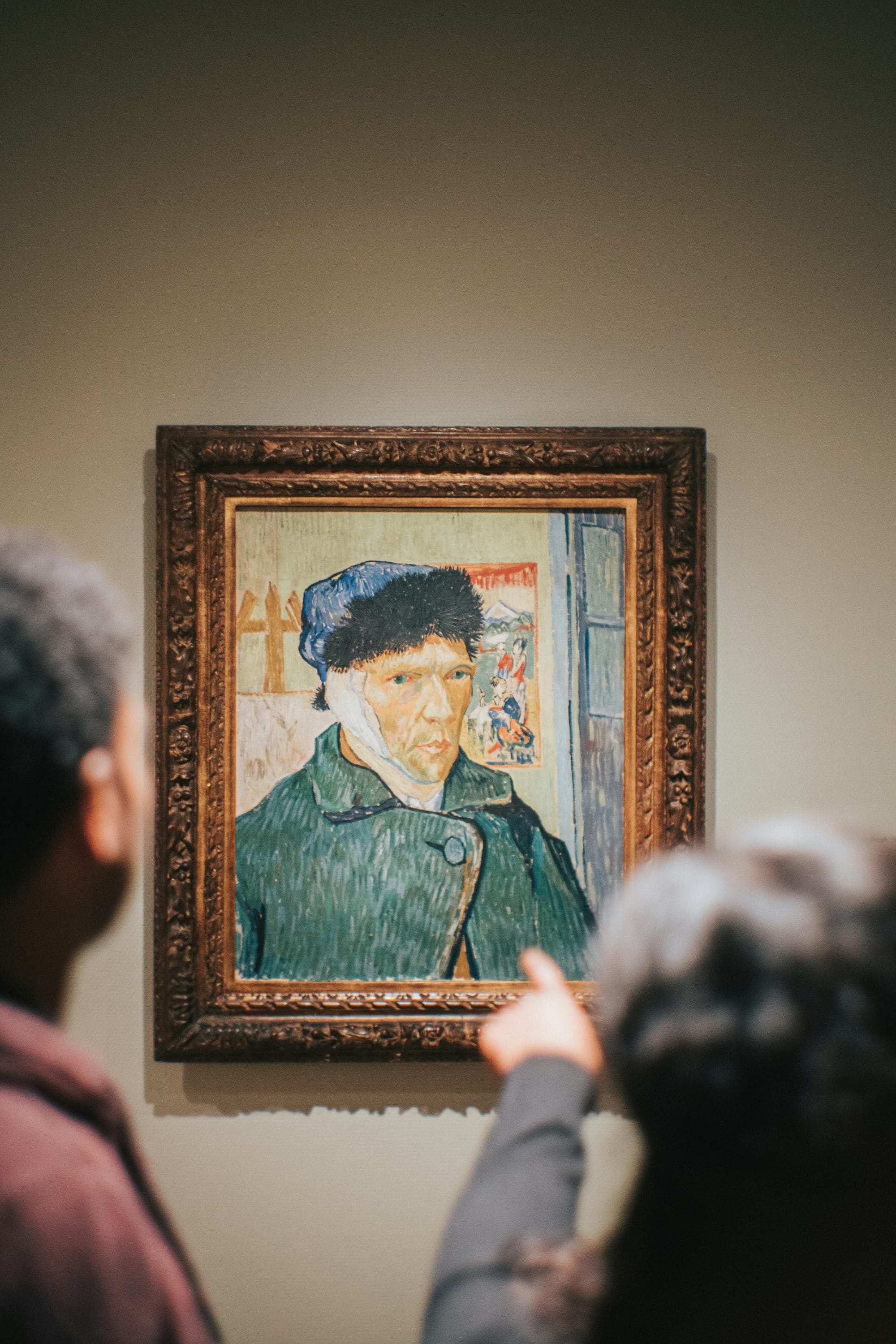The Haunting Ear of Vincent van Gogh: A Ghostly Tale of Art and Obsession
Vincent van Gogh’s tormented legacy lingers in his art and the places he once called home.

Have you ever felt that an artist’s spirit might still linger in the fragments they left behind? An unfinished letter, an abandoned brush, or, in Vincent van Gogh’s case, a severed ear. The story of van Gogh’s infamous act of self-mutilation is well-known: in 1888, during a psychotic episode, he took a razor and sliced off part of his ear, gifting it to an unknown woman. But what if that ear, along with van Gogh’s tortured spirit, never truly found peace? What if it lingers still, an invisible mark on his legacy, calling back to us from the depths of his anguish?
Van Gogh’s life was a continuous spiral of sorrow and artistic obsession, a descent into brilliance marked by an acute sense of isolation. After his death, stories began to circulate about the places he once roamed—his homes, studios, and the quiet streets of Arles. Witnesses claimed to see glimpses of a troubled figure, a familiar, intense gaze peering from the shadows. They spoke of a presence wandering as if searching for something lost. Some even swear they’ve heard a voice—a faint, broken echo, calling out for his “lost ear.”
The Unsettled Spirit and Haunted Colors
Van Gogh’s legend is one of passion and pain, a story that seems to stretch beyond death. Though his physical form has long since passed, strange phenomena surrounding his art and the spaces he inhabited hint at a restless spirit. Stories from his homes, the museums displaying his work, and the fields where he painted tell of an uncanny feeling—like he, or something of him, still breathes within each brushstroke, each line of color.
Since van Gogh’s death, certain colors in his paintings—the intense yellows, haunting blues, and vivid reds he so loved—have inexplicably shifted. Scientists suggest this is due to chemical reactions in his pigments, but others believe it’s something more: a spectral trace of his unresolved torment. Some who gaze upon his art describe watching colors shift, as if the paintings themselves are darkening before their eyes, a feeling that seems to creep into the room, as if the art carries whispers of van Gogh’s soul.

Ghostly Sightings and the Ear’s Silent Call
Tales of van Gogh’s ghostly form continue to surface. Nighttime passersby and museum staff alike have spoken of seeing a shadowed figure standing just beyond reach, staring with intensity, his expression as if listening to an unheard sound. Some hear faint murmurs in empty galleries, echoes of a single, mysterious phrase: “mon oreille perdue”—my lost ear.
Imagine stepping into a gallery, alone, the dim light casting a surreal glow on The Starry Night or the vibrant sunflowers—symbols of life and decay. A chill fills the air, and you feel that something or someone is watching you with fierce curiosity. You turn, but find only shadows—and yet the paintings, somehow, seem darker, tinged with a profound sadness that stretches beyond time.
It’s said that if you look deeply into van Gogh’s paintings, you can feel the raw pain and longing that consumed him. But some feel even more—a presence, a ghostly reminder of the man who gave everything, even a part of himself, to the pursuit of beauty. And perhaps, if you listen closely enough, you might feel it too—a cold brush of air, a whisper of loss, as though the man himself is still searching for the piece of him that remains forever lost.
ART Walkway News





